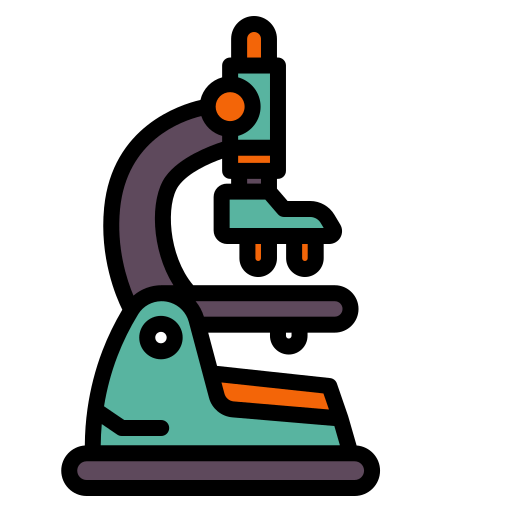- Get Your Week Unstuck
- Posts
- 4 Qs - Responses to Change: The Microscope 🔬
4 Qs - Responses to Change: The Microscope 🔬
Get your week Unstuck! 4 Qs of agile inspiration.

Quintessential Thought
In our series about responses to change, we’ve looked at The Spark, The Shield, and The Anchor. This week, we turn our attention to…

The Microscope: Examination
Sometimes, people respond to change with a relentless stream of questions, dissecting every detail under the microscope of their analysis. They proactively identify potential issues and alternative solutions, driven by a deep desire for optimization and refinement. This constant pursuit of perfection can manifest in a barrage of "what if" scenarios and suggestions for improvement, often coming across as critical or overly analytical.
The Upside: This response drives thorough analysis and robust problem-solving, uncovering potential risks and opportunities that others might miss. They are the early detectors of friction points, the architects of contingency plans, and the champions of continuous improvement. By catching issues early, they can prevent costly mistakes and elevate the overall quality of the change implementation.
The Challenges: While their insights are invaluable, an unchecked examination can slow down decision-making and implementation, leading to analysis paralysis. The sheer volume of details can overwhelm the team, distracting them from the overall goal and creating a sense that their work is never good enough. Their questioning, if perceived as criticism, can lead to conflict and tension, hindering collaboration and slowing progress.
Leading through It: Acknowledge and value their sharp insights, while also establishing clear boundaries for questioning and analysis. Two helpful types of boundaries are prioritization and action.
Prioritizing the questions and issues helps bring focus on the most critical areas, relieving them of a full-scale, in-depth analysis of everything.
The boundary of action makes it clear that some progress (even if it’s small) needs to be taken in a specific time period. Using the Hypothesis Template, channel their energy into structured problem-solving sessions and experiments, providing them with a framework that uses action to learn more than analysis alone.
Our facilitation series also lays out the critical need for diverging and the shift to converging in order to make effective decisions.
Quotes
"The devil's in the details, but so is the divine." - Isabella Rossi
"Analysis without action is a beautiful, useless map." - Robert Vance
"Analysis paralysis is real; that's why we need boundaries." - Raj Patel
Quick Step
In the next discussion with a Microscope, use the facilitation steps of Context, Diverging, Converging, and Action.
Question
How do you distinguish between constructive critical analysis and potentially wasteful questions?
Get a new perspective on value through immersive learning! Register for an upcoming class below:
Want to chat? Reach out to [email protected] so we can help you get Unstuck!
Also, subscribe to our YouTube channel or connect with us on LinkedIn, where we’re posting even more content than we have in this newsletter!